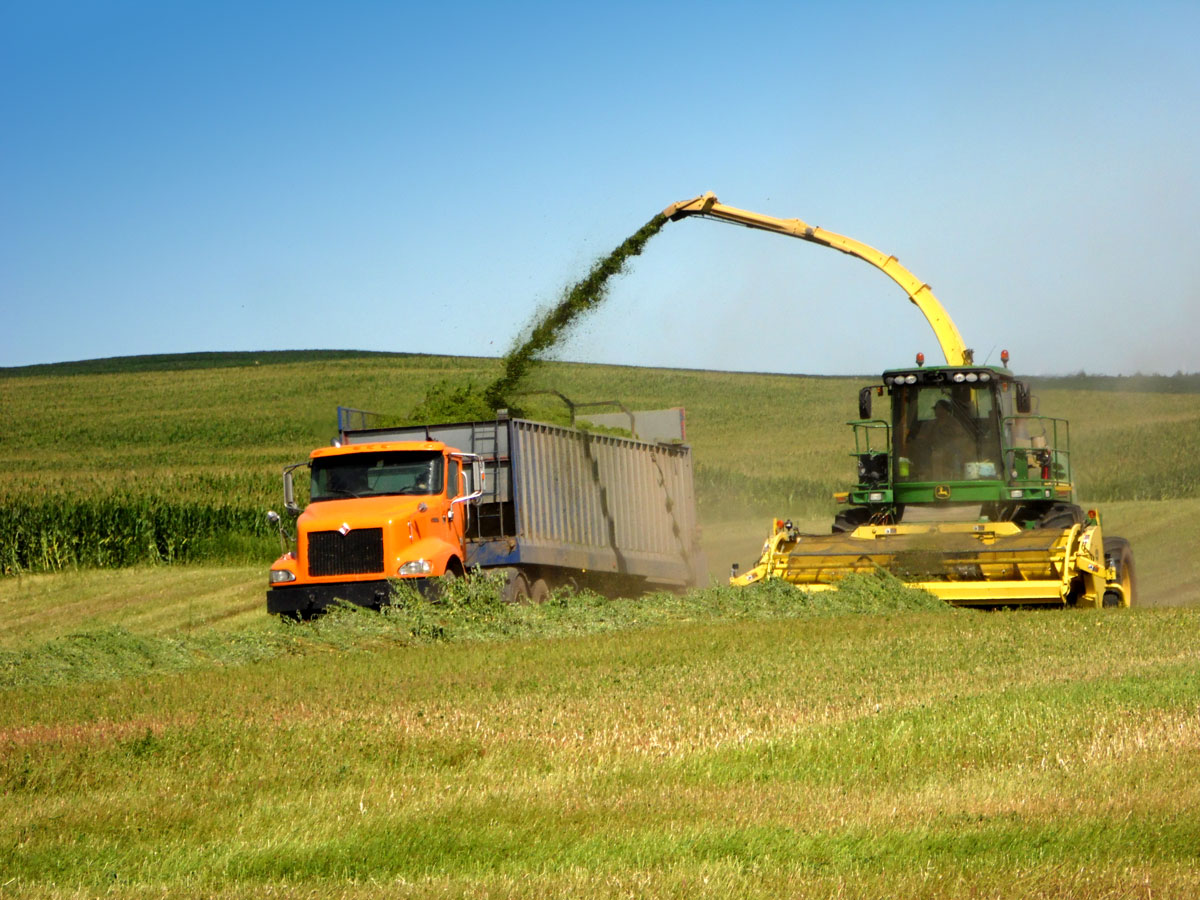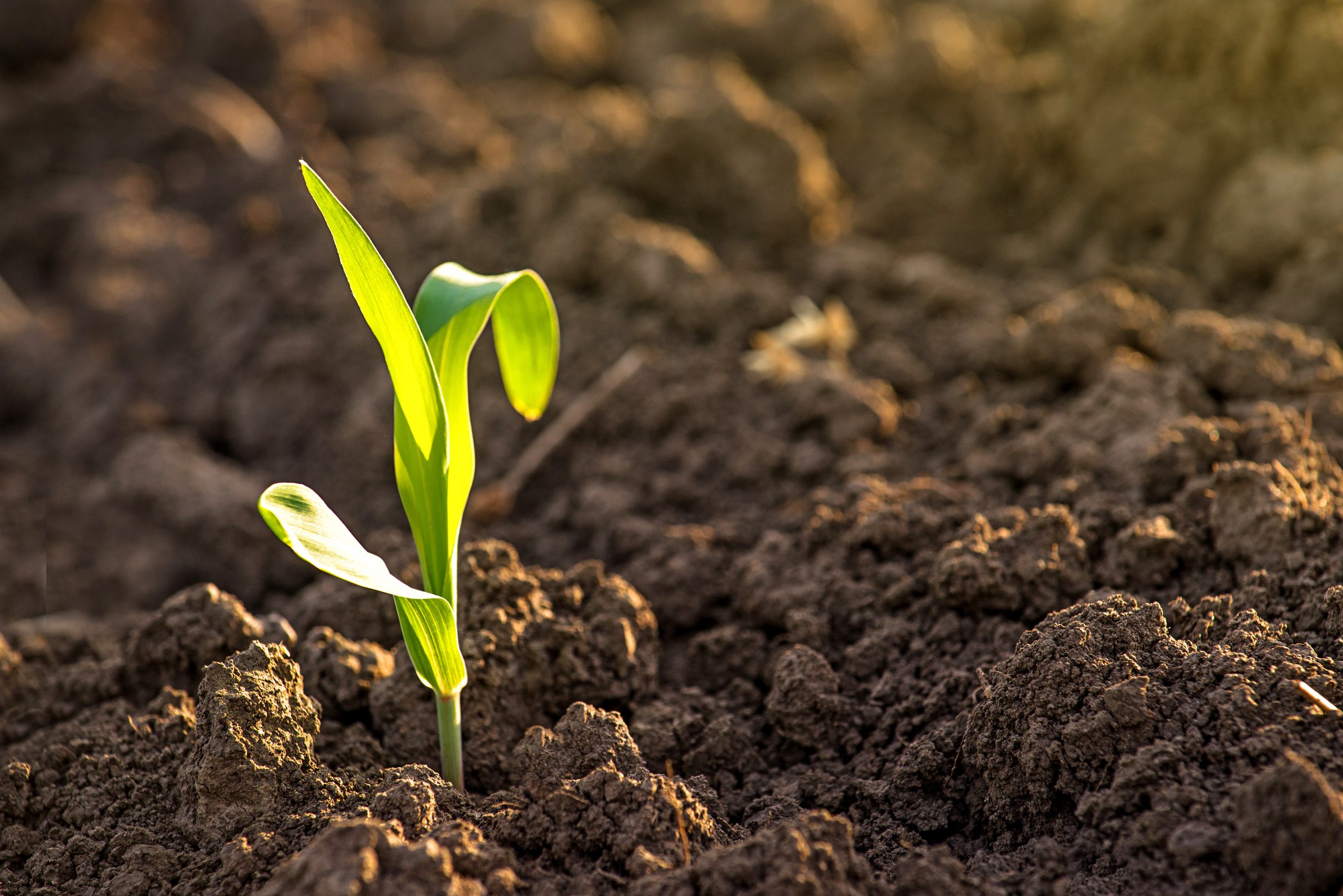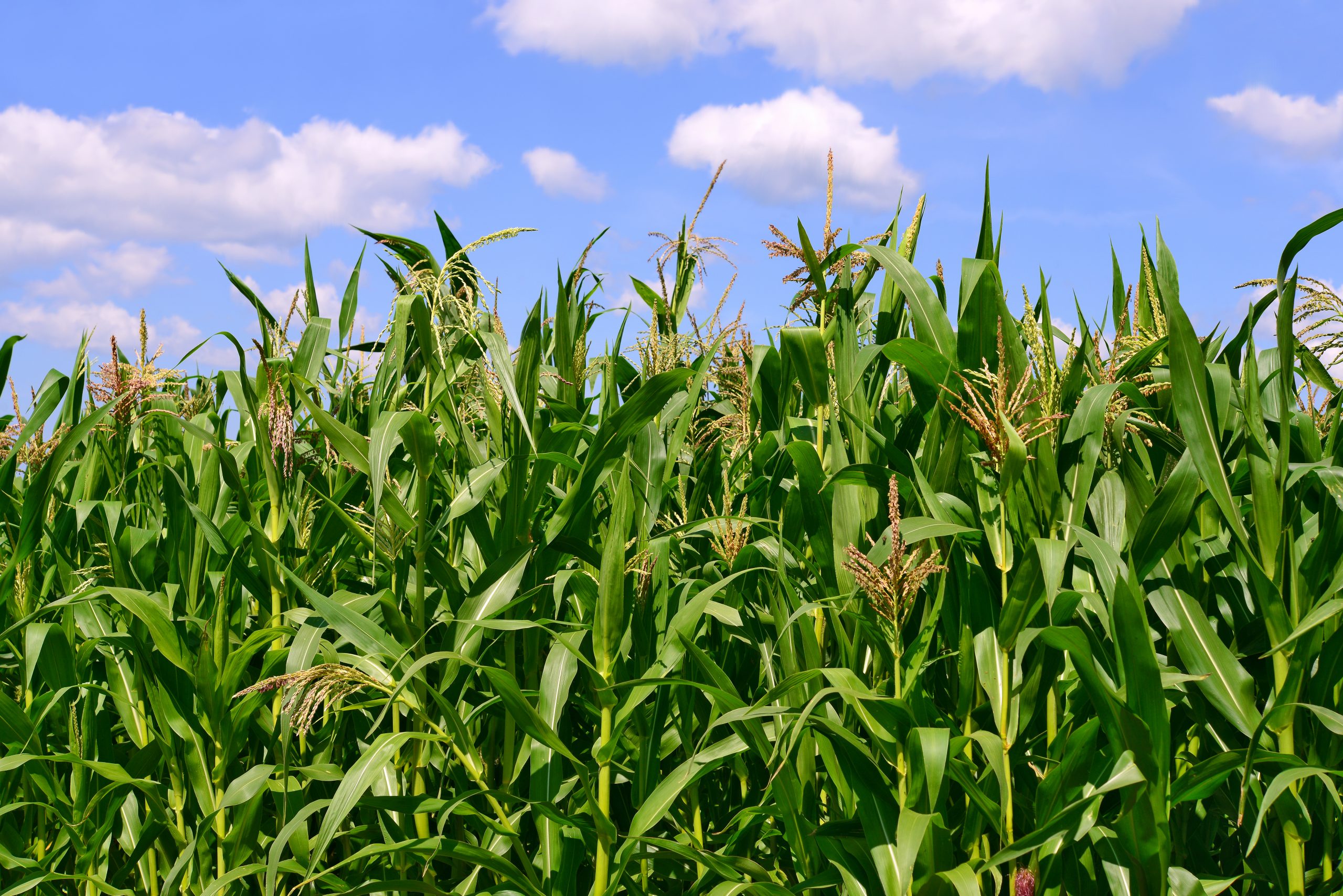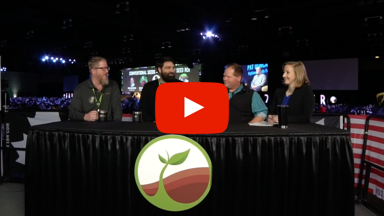- Published On: October 20, 2020
- Author: Bryce Irlbeck
Is your family farm struggling to stay profitable? Are you worried the only way to stay in business is to increase your acreage? It’s time to put your worries aside. You can transition to organic row crop farming and take control of your profits.
With organics, you can improve your farm’s bottom line. You won’t need to add more fields, but your success will depend on a successful transition. If you get that right, you’ll set yourself up for a bright and profitable future.
What is the organic transition process?
First, let’s start with the cold facts. You can’t become an organic producer overnight. To sell organic crops, you must be certified by the National Organic Program (NOP). This government agency creates the rules for organic farming and verifies that organic farmers follow them.
One of these rules is the 36 month transition period. During this time, you can’t use prohibited substances such as GMO seed and conventional herbicides on the acres you plan to certify organic. Furthermore, the transition process requires you to carry the right crop insurance plan and to keep records of all your field activities.
36 months does not equal three crop years
When planned correctly, you can complete the transition process in only two crop years. That can be key to your profits because it means you can grow your first certified organic crop in Year 3. More important, you can sell your row crop at a premium organic price.
For example, let’s say you start transitioning in the Spring. If your last application of a prohibited substance (such as a fungicide) was on August 1, that becomes your transition start date.
In 2021 and 2022, you’ll grow your crops using organic methods. However, you’ll have to sell them at conventional prices because they’re not yet certified organic. But if you grow corn in 2023, and harvest it after August 1, it can be certified organic. Great news! You can sell the organic corn at a premium organic price.
“AgriSecure has been a great resource for us. It’s difficult to start farming a different way, but we’re glad we reached out to AgriSecure – it has made the transition to organic a lot more manageable.”
Kyle Schomers | Harlan, Nebraska
Transition success sits on a 3-legged stool
We often suggest that growers think about the transition to organic farming as a 3-legged stool. Each leg of the stool must be in balance or the stool will falter. Sometimes it will collapse.
- Economics. Your financials inform the types of investment you can afford to make and they will impact your crop rotation choice. You want to strike a balance between a good return on your investment without putting undue stress on your cash flow.
- Agronomics. Even though your focus is profits, you must think long term during the transition to organic farming. Your first certified organic crop is the key to setting your farm up for future success. As a result, you will want to use crop strategies that reduce your weed seed bank and improve soil health.
- Management. You need to make sure all your plans and decisions are realistic. In other words, only grow the number of acres you can manage with your current equipment and workforce. The transition period will be your best indicator of how fast you can scale up your operation.
How do you create a transition plan that results in profits? Follow this step-by-step approach:
1. Figure out the economics.
If you can’t work through the finances, nothing else matters.
Work with your banker to evaluate the pros and cons of corn, barley, alfalfa, and a range of other transition and organic crops. What equipment do they require? Can you afford that investment? Remember that you’ll have to sell your crops at the lower conventional prices during the transition. Unfortunately, you may also have lower yield expectations in some cases. Another watch out: insurance. During the transition to organic farming, insurance coverage is based on your county’s treasury yields (T-yields). Most farmers don’t realize that the county production history for these can be quite low. Therefore, it’s essential to keep the cost of insurance in mind when evaluating your risk.
2. Factor in weed management.
After you’ve got a sense of which crops work best with your finances, evaluate them further. It’s important to determine how those crops will affect your ability to manage weeds.
Therefore, the timing of cultivation plays a very significant role for managing weeds in organic systems. You’re probably going to be learning new production practices during transition, so be vigilant. Errors with weed management can result in significant weed pressure. If that happens, your first year of certified organic crops could suffer from lower yields and thus lower profits. It’s often challenging to recover from high weed pressure, so be sure to make sound agronomic choices. One of your best ways you can suppress weeds during the transition to organic farming is with crop rotation.
3. Determine your capacity.
Once you’ve figured what works economically and agronomically, you need to pencil out your labor capacity. Do you have enough people, time, and equipment to execute your plans well? Are you able to meet your timelines?
If you’re struggling to figure this out, AgriSecure’s MyFarm platform can help. The system allows you to input your plans and evaluate your execution capacity. Using this tool, you can be sure your plans can be achieved with success.
4. Make sure your soil has enough nutrients
Organic farmers don’t have the luxury of applying synthetic fertilizer at the last minute. You’ll need to source your organic fertilizer ahead of time. It’s also important to remember that the nutrients in these fertilizers might not be readily available to your plants. Plan accordingly.
In other words, you must address any soil deficiencies as soon as you discover them. Getting your soil’s nutrients in balance can make all the difference in the successful transition to organic farming.
5. Get Expert Guidance for a Smooth Transition to Organic Farming
We know there’s a lot to consider when moving into organics. And that’s why we created the Organic Transition Playbook. The playbook provides more information about certification requirements, crop rotations, and best practices for making the transition to organic farming. Click here to download this free resource.
If you’re looking for more personalized guidance on how to transition, we’re here to help. Set up a call with you us today. It’s a great first step to a more profitable farming system.
By Bryce Irlbeck, AgriSecure Founder and Owner of B&B Irlbeck Farms
Related Articles
-
Make Your Organic Transition Period a Smart Investment
To become an organic farmer, you need to complete the organic transition period. Unfortunately, that’s a financial barrier for many farmers. Why? Because unless you have some hidden acres, you’re growing crops organically for 36 months while selling them at commodity prices. But with the right loan, plan, and mindset, you can use this time […]
-
Organic Certification. Done by Sep 2020. Check!
The pandemic turned “normal” upside down in 2020, but it didn’t stop AgriSecure. Our members got their organic certification completed. On time. COVID-19 caused communication delays. It created confusion across the nation. Still, all our members had their organic certification paperwork done by September. Why? For one, row crop farmers gained from our expertise in […]
-
Organic Transition Provides “Peace of Mind” and an Edge
Not so long ago, Todd Grohs realized he had a problem. He was doing the budget for his 5,000-acre farm in Wessington Spring, S.D., and the numbers didn’t look good. “I said, ‘I’ve got an option here. If I stay doing what I’m doing, in three to four years I’ll have all of my equity […]
-
5 Steps for Financing the Transition to Organics
Profits. They’re one of the primary reasons farmers decide to move into organic production. Financing the transition to organics, though, can be one of your biggest hurdles. That’s why the support of a banker or ag lender can be a lifeline for farmers looking to get into organics. The right backing helps you build an […]
-
Transitioning to Organics? Avoid These 5 Pitfalls.
There are many reasons to be interested in transitioning to organics. Premiums are one of them. Prices for organic row crops can be two to three times those for conventional, with the organic corn market trading at an average $9+ per bushel over the last decade. The key to realizing these benefits is getting off […]
-
Consider Organic Farming? Yes.
With so much economic uncertainty caused by the COVID-19 pandemic, you may be wondering: Is now the right time to transition into organic crop production? Is this the right time to increase the number of organic acres you’re already farming? My answer, yes. Current market conditions, falling commodity prices for conventional crops and somewhat lower […]
-
80 Million Millennials Can’t Be Wrong: Farmer Panel
80 million millennials are a part of the driving force behind the rapid growth of organic food demand. So why aren’t more farmers transitioning into a system that sees premiums of 2x over conventional and profitable margins? In a panel that took place at FBN’s Farmer2Farmer V event, AgriSecure co-founder and organic farmer Bryce Irlbeck […]
-
Organic Production? Get this Free Playbook.
Becoming an organic farmer is not a simple task. It requires a 36-month period, known as the transition process, where fields are treated as they would be under organic certification, but without being able to reap the organic premiums. Transitioning can set your organic operation up for success or struggles, which is why AgriSecure has […]
-
AgriSecure Shares Transition Tips at Minnesota Organic Conference
AgriSecure account executives Kenn Jenkins and Pete Kapustka will share the company’s perspective on how to manage the transition process into organic production at the 2020 Minnesota Organic Conference. Becoming an organic grower requires a field not having any prohibited substance or genetically modified crops on it for 36 months, and that time period can […]
-
Watch “Going Organic: Crops of the Future”
Thinking of going organic? Wondering what it might look like for your farm in the future? Watch the in-depth discussion between organic farmers J.P. Rhea AgriSecure founder J.P. Rhea, Travis Heide, and Rusty Olson at FBN’s Farmer2Farmer V event to gain insights into the path of organic so that you can make more educated decisions […]
Get in the know
Our newsletter, it’s a quick read. You’ll get industry news plus all the latest organic insights. Who doesn’t want that?











